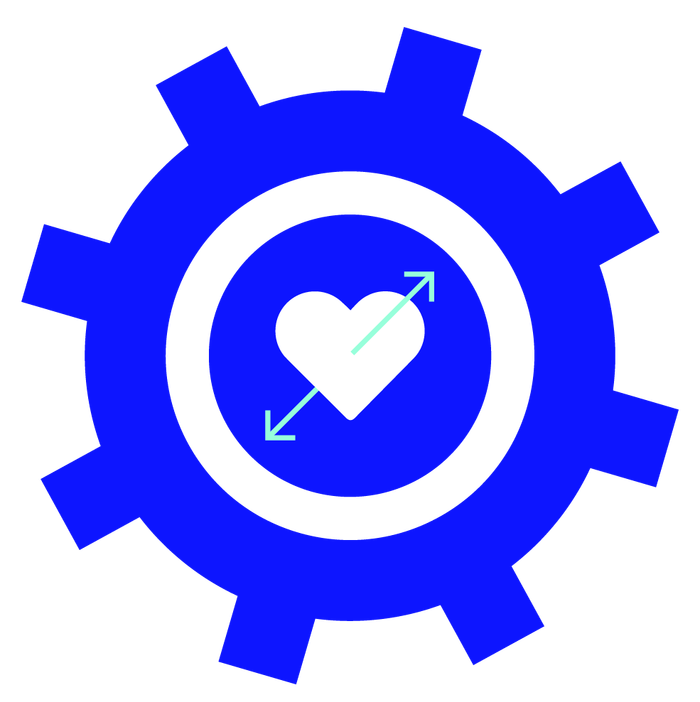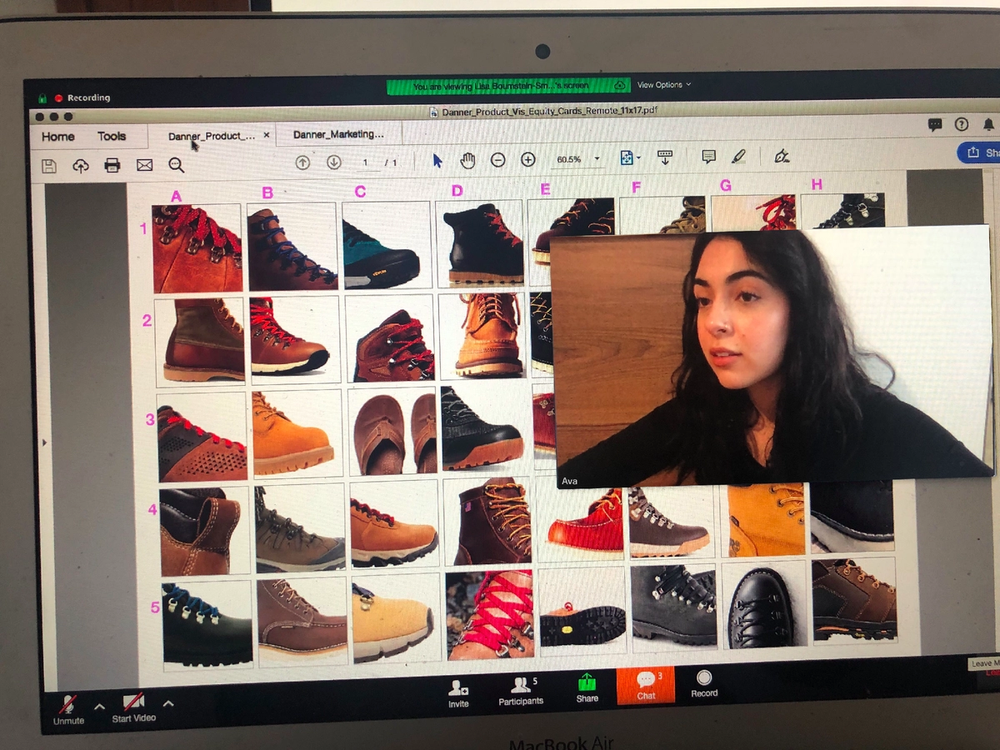We’re all creatures of habit, and as anyone who’s tried to start a new exercise routine or stop doomscrolling social media before bed can attest, habits are hard to change. Up to 74% of US adults set New Year’s resolutions, for example, yet studies typically find that around 80% of them are abandoned by the end of February.
This difficulty can have real consequences for communities and businesses: getting citizens to separate their recyclables or convincing customers to embrace a new service can be harder than providing the service in the first place. Often, much harder.
Changing behavior, in fact, is one of the great design challenges of the modern era. It pits generations of ingrained human nature against an endless variety of incentives, nudges, and rewards that must be tailored to the task, and often to the group of people performing it. It’s incredibly difficult, but also too valuable to ignore. Designing for behavior change is how we provide a path for people to transition to new products and services, adopt better ways of doing things, and in many cases, live healthier, happier lives.
As a design and innovation firm, Ziba is often tasked with doing just that—new solutions often require new behaviors, and figuring out how to instill those is a huge part of the design challenge. It’s something we’ve done in categories ranging from healthcare, to CPG, to getting consumers comfortable with more sustainable products or behaviors. And in the process, we’ve found a few approaches that can reliably make these kinds of shifts a reality.
Some of this comes straight out of academia. The Fogg Behavior Model, created by Stanford professor B.J. Fogg, considers motivation and the ease or difficulty of doing something as the primary building blocks of behavior change. Fogg’s thinking has influenced the founders of Facebook, Twitter, and Google—three companies that have done more to change how we go about our daily lives than nearly any other...at least since the invention of the Web. Other models, like Fishbein’s Reasoned Action Model, consider rewards, social dynamics, and reinforcement.
All of these models make good points, and they’re all effective to some degree. But human behavior is complicated, and it’s good to have more than one tool in your box. So rather than ascribe to a single model as the one true way,
Ziba creative teams have settled on five approaches, which we’ve gone back to again and again.

1. Positive Consequences: Emotional benefits and positive practical outcomes play a huge role in guiding people’s decisions and behaviors. Feeling happy, rewarded or smart about your last workout, the new shoes you bought, or even volunteering to help those less fortunate—these all play an outsized role in the choices you make. This is why emphasizing the core benefit of a design solution, like saving money or meeting a need, is so important when trying to drive new behavior.

